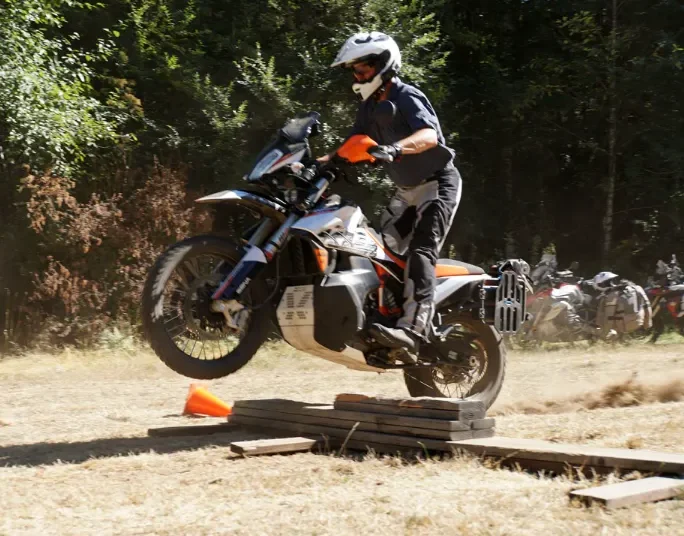Adventure motorcycling offers a thrilling escape into wild landscapes, blending long-distance travel with the challenges of off-road terrain. But while enthusiasm fuels the journey, skill determines the outcome. Proper training is what transforms a ride from a struggle into a smooth, controlled experience, regardless of your current level of expertise.
Why Training Makes a Difference
Adventure riding isn’t limited to paved roads. One moment you’re cruising on asphalt, and the next you’re navigating loose gravel, mud, or rocky climbs. Training builds the techniques needed to handle these transitions with precision. Skills like throttle modulation, effective braking on unstable ground, and correct body positioning are taught and practiced in controlled environments so they become second nature on the trail.
Confidence is another major benefit. Obstacles such as steep climbs, water crossings, or soft sand can feel intimidating without proper guidance. Under the supervision of experienced instructors, riders learn how to assess terrain, choose lines, and react calmly when the bike becomes unsettled. That confidence leads to a safer and far more enjoyable ride.
Safety itself is a core component of any good training program. Adventure riding comes with inherent risks, and training focuses on recognizing hazards early, using correct gear, and applying safe riding habits. Understanding how your bike behaves on different surfaces also allows you to make quicker and smarter decisions when conditions change unexpectedly.
What Adventure Riding Training Covers
Entry-level sessions typically introduce the basics of off-road control, teaching riders how to handle uneven terrain and maintain balance at low speeds. Intermediate and advanced programs go deeper with techniques like recovering from stalled hill climbs, making controlled descents, and executing emergency stops on loose surfaces.
Beyond physical riding skills, many training programs incorporate navigation and trip planning. Since adventure rides often head into remote areas, understanding GPS use, route selection, and emergency planning becomes essential. Group coordination is another important element, as many riders travel in teams. Training helps develop communication strategies and structured riding formations for safer group travel.
Choosing a Training Program
When selecting a course, look for sessions run by experienced instructors who specialize in adventure riding. A good program should combine practical drills with real-world riding scenarios and include modules tailored to your skill level. Programs that also touch on basic bike maintenance and gear selection provide added value, especially for riders preparing for multi-day trips.
Investing in training doesn’t just improve your technique—it enhances every moment on the bike. Whether you’re gearing up for your first off-road excursion or aiming to refine your control for long-distance expeditions, proper instruction lays the foundation for safer, more confident, and more rewarding adventures.
















